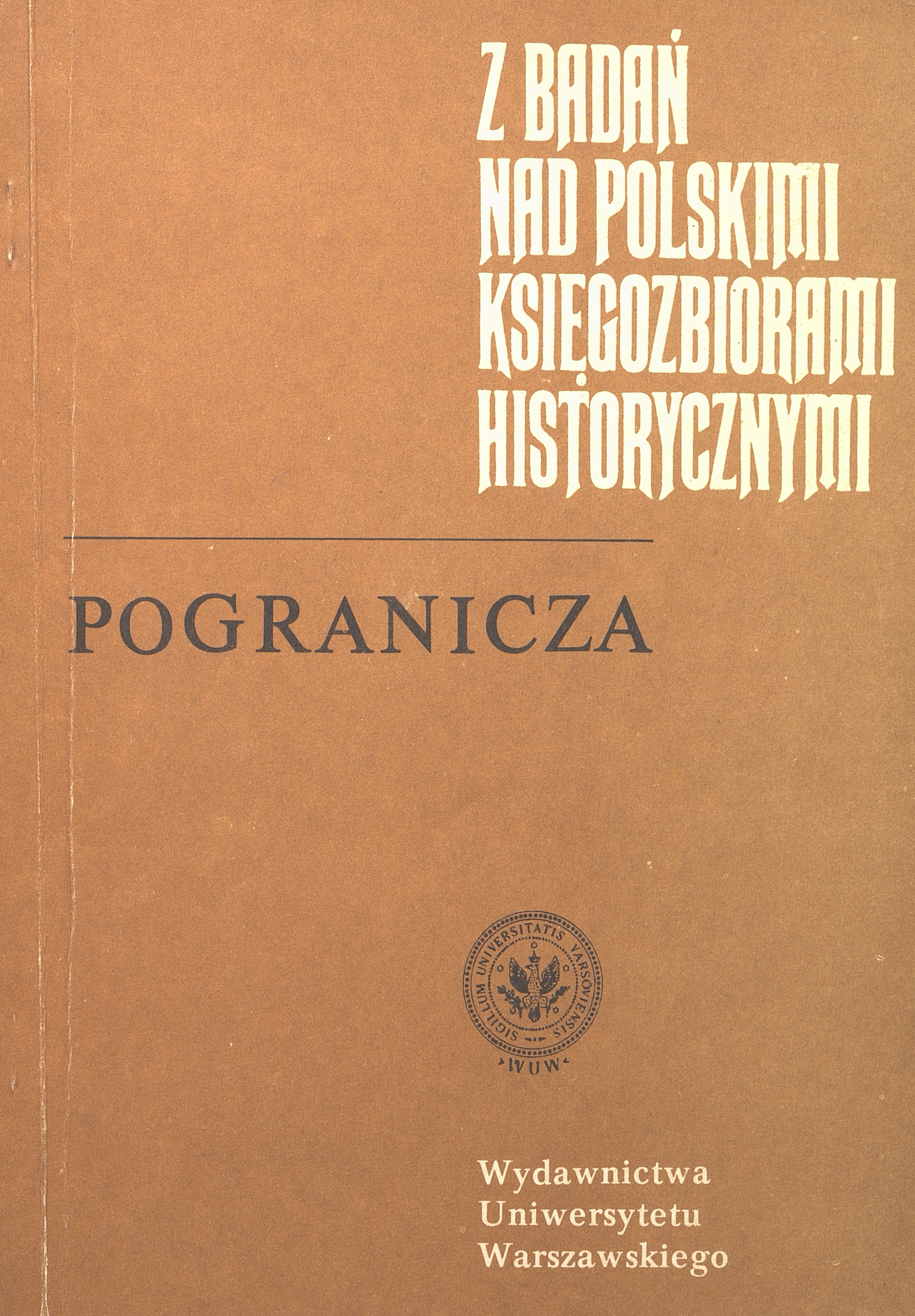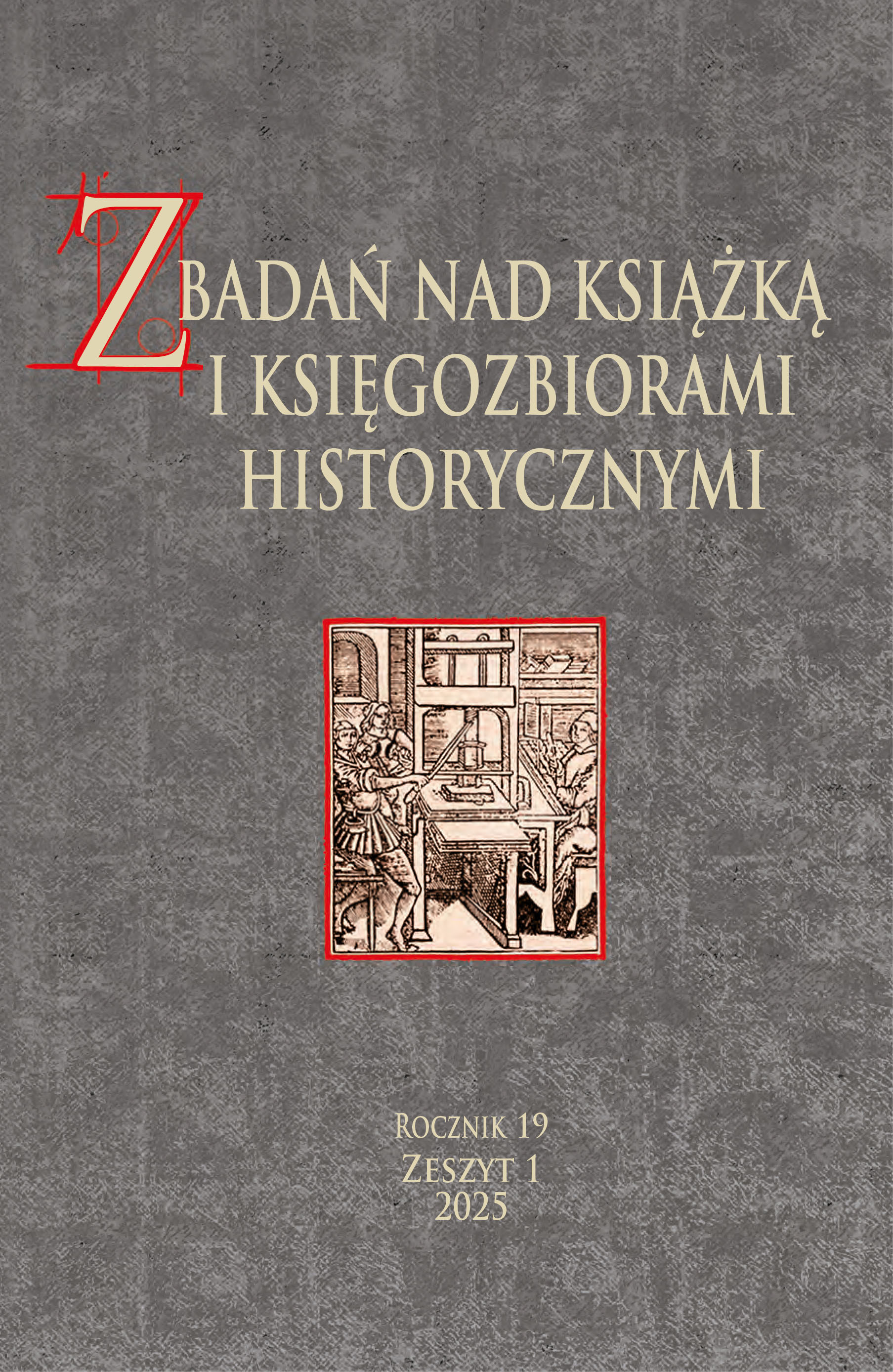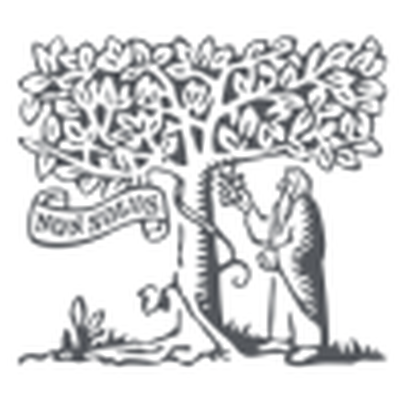The book in the catalogues of symbols from the 17th century
DOI:
https://doi.org/10.33077/uw.25448730.zbkh.1991.416Keywords:
iconography, emblematics, the book symbolism, the book as a symbol, the art of the 17th century.Abstract
This article discusses notions of the symbol as used in theoretical treatises in the 16th and 17th cenuries. Some attention is also given to the presentation of its neo-Platonic and Aristotelian concept. Characterized are the most common 17th century catalogues of symbols concerning iconology and emblematics as well as related terms, with skills, such as the emblem the emblem book, and others. On the basis of the analysis of the presentation of the book in the works mentioned above the range of problems symbolized by it is defined. These problems cover three areas: the broadly understood knowledge, ethios, and religion. They are presented by the means of numerous examples and by interpretations of their symbolic meanings. On the grounds of collected source materials it is claimed that the authors of emblem and iconological works utilized the symbol of the book most frequently in discussing problems of knowledge and wisdom, which were linked with ethical issues also symbolized by the book. The presentation of the book were much less utilized in the discussion of religious subjects, though - as very few sources could be found - this conslusion cannot be generalized.
The article closes with the discussion of graphic and lexical sides of the book. The meaning of two dominating forms was discusses: the image of the open book and of the closed book. It was noted that the correct interpretation of these symbols depends upon the correct interpretation of the context in which the book was placed.






